table of contents:
In the vast world of sewing, patternmaking is a fundamental skill that opens the doors to infinite creativity. But what exactly is patternmaking, and why is it so essential for seamstresses? In this article, we'll dive into the very definition of patternmaking!
What is pattern making in sewing? Definition, method and techniques
In the rich and creative world of couture, patternmaking is a central skill in the creative process. More than just a simple outline, it involves transforming an idea into a concrete prototype, creating a precise pattern based on body measurements. Patternmaking plays an essential role in the history of couture and continues to evolve with modern tools and new practices. It allows for the creation of unique, fitted garments adapted to each silhouette, whether for a dress, a skirt, a top, a collar, or a sleeve.
Definition of pattern making in sewing
Pattern making is the process of creating a pattern from precise measurements. This pattern is the basis on which the various pieces of the garment will be cut. The pattern can be made by hand or using digital pattern making software. Patterns should not be confused with pattern making: the pattern is the physical template made of paper or cardboard, while pattern making is the set of steps required to create this model. This process includes measuring, tracing, adjustments, grading, and whether or not to add seam allowances.
A bit of history: patronage through the centuries
Patternmaking is part of an ancient tradition, dating back to 19th-century haute couture. First used by the designers of fashion houses, it then spread to amateurs thanks to the publication of specialized books. In France, patternmaking has taken on a cultural dimension, with secular, sporting, or religious patterns such as those of the Saint community or the gymnastics and sports federation of patternmaking. Today, patternmaking is recognized as a discipline in its own right, combining art, technique, culture, and professional software.
How to create a pattern?
To create a pattern, you must first take body measurements: bust, waist, hips, bust height, bust dart, center back. From this data, you can create a basic toile or a basic bust, depending on the method chosen. Paper patternmaking, or flat cutting, involves tracing the lines of the garment onto paper or cardboard. Simple equipment such as a ruler, pencil, scissors, and sometimes a template are used. Molding, on the other hand, is a more intuitive technique that involves working directly on a mannequin, shaping the fabric to fit the body's contours. The resulting pattern is then transferred to paper. It is also possible to use digital patternmaking software to create a file ready to be printed or sent to a cutting service.
Why is patronage important?
Pattern making allows you to design a garment that is faithful to the imagined model, while respecting morphological constraints. It guarantees the fit of the prototype, the correct distribution of volumes, and respect for body proportions. It is also the step that allows you to check seam allowances, structure the garment, and plan assembly elements. In haute couture, ready-to-wear, or family sewing, pattern making is an essential skill. It also allows you to modify the size of a pattern, adapt a model, add ease, or rework an existing shape.
What are the types of patronage?
Patternmaking can take several forms depending on the context and need. Clothing patternmaking refers to artisanal or professional sewing. Industrial patternmaking is used for mass production, with specific tools. Secular, cultural, or sports patternmaking also refers to educational practices related to French social and associative history. Digital patternmaking refers to the creation of patterns using a computer. A sewing pattern, on the other hand, refers to the printed or drawn model used to cut out the fabric.
How to adjust a pattern?
Adjusting a pattern means adapting a design to a specific body shape. This may involve changing the waist measurement, bust measurement, bust height, or dart position. Sometimes a seam allowance must be added, a section enlarged, or an outline redrawn. Adjustments can be made directly on paper or with the help of a mannequin, or by creating a trial toile. Professional pattern makers often use precise grading techniques to adapt the same pattern to multiple sizes, or work from a base pattern to create several variations.
What tools are available for patronage?
Pattern making requires basic materials that every pattern maker or sewing enthusiast should have. Kraft paper or specific pattern paper, cardboard for templates, a sharp pencil, scissors suitable for cutting paper, a ruler, a set square, hip or arm curves, pins, a dress form, and sometimes a cutting board are used. For digital projects, it is possible to use computer pattern software, which allows you to save your patterns as files, easily modify elements, and print them at the desired size.
How to read a sewing pattern?
Reading a sewing pattern requires a good understanding of the markings indicated on each piece. You need to know how to identify the grain, seam allowances, cutting lines, assembly notches, darts, and folding instructions. Some patterns also include color codes, sewing symbols, and pre-built allowances. The goal is to quickly understand how to cut the pieces from the fabric, in which direction, and how to assemble them. Learning to read a pattern is an essential skill for any sewing enthusiast or professional.
Patronage in summary:
Pattern making is a key activity in the fashion industry , central to the creation of tailor-made clothing or mass-produced collections. This method allows an idea to be transformed into a concrete model, with capital importance in the success of a project. Whether it is a first attempt or a new collection , pattern making adapts to each brand , to each place , whether professional or leisure . Each piece, from the back to the large pocket , has its precise function and specific handling . Proposing a model requires rigor and creativity, particularly in pattern making . This work can be done on its own basis or from an existing example . There are many tips to save time and each pattern is a unique place in the creative process.
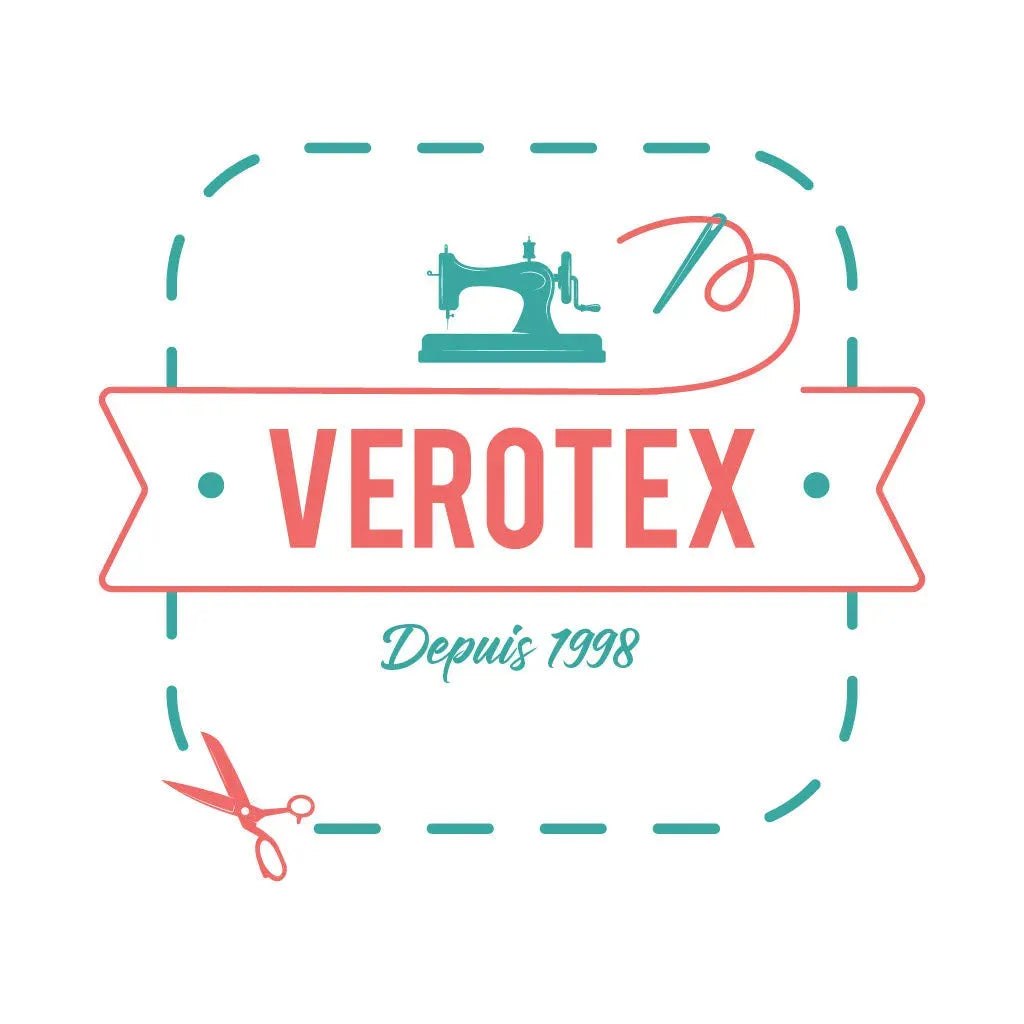
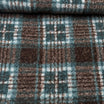
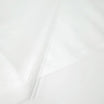
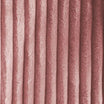
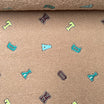
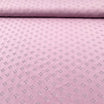
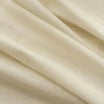
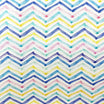
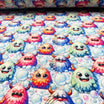

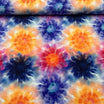
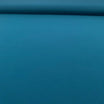
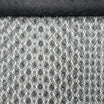
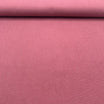
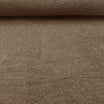

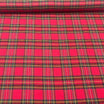
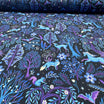
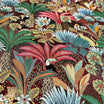
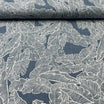
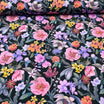
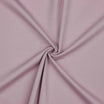
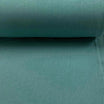
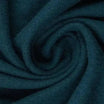
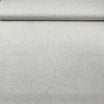
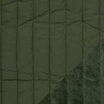
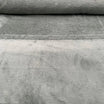
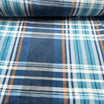
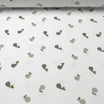
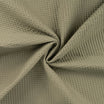
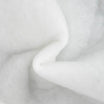
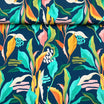
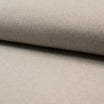
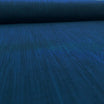
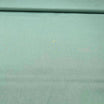
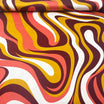

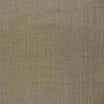
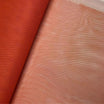
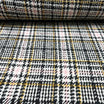
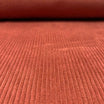
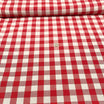
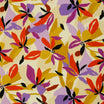
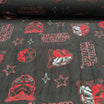

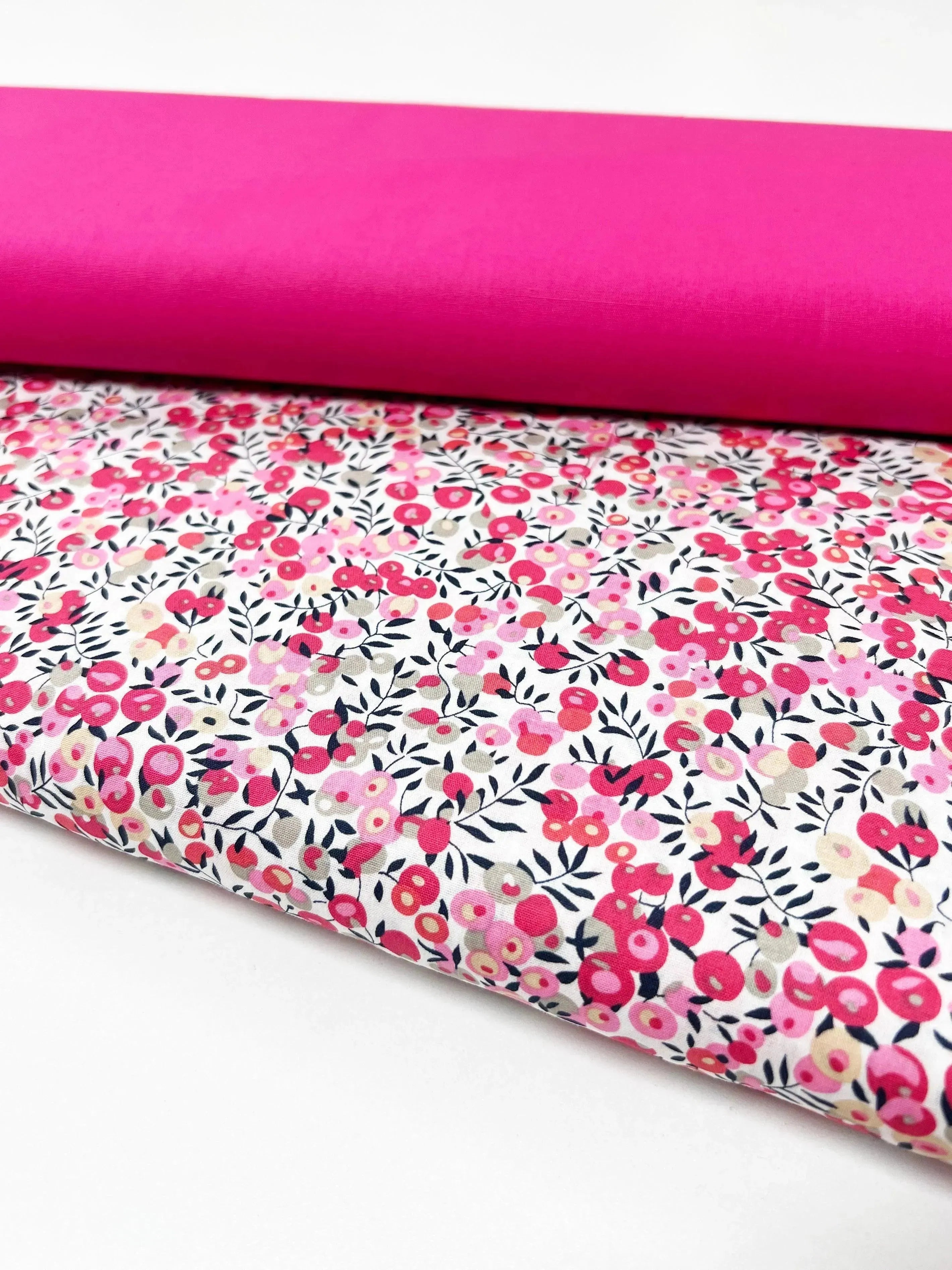
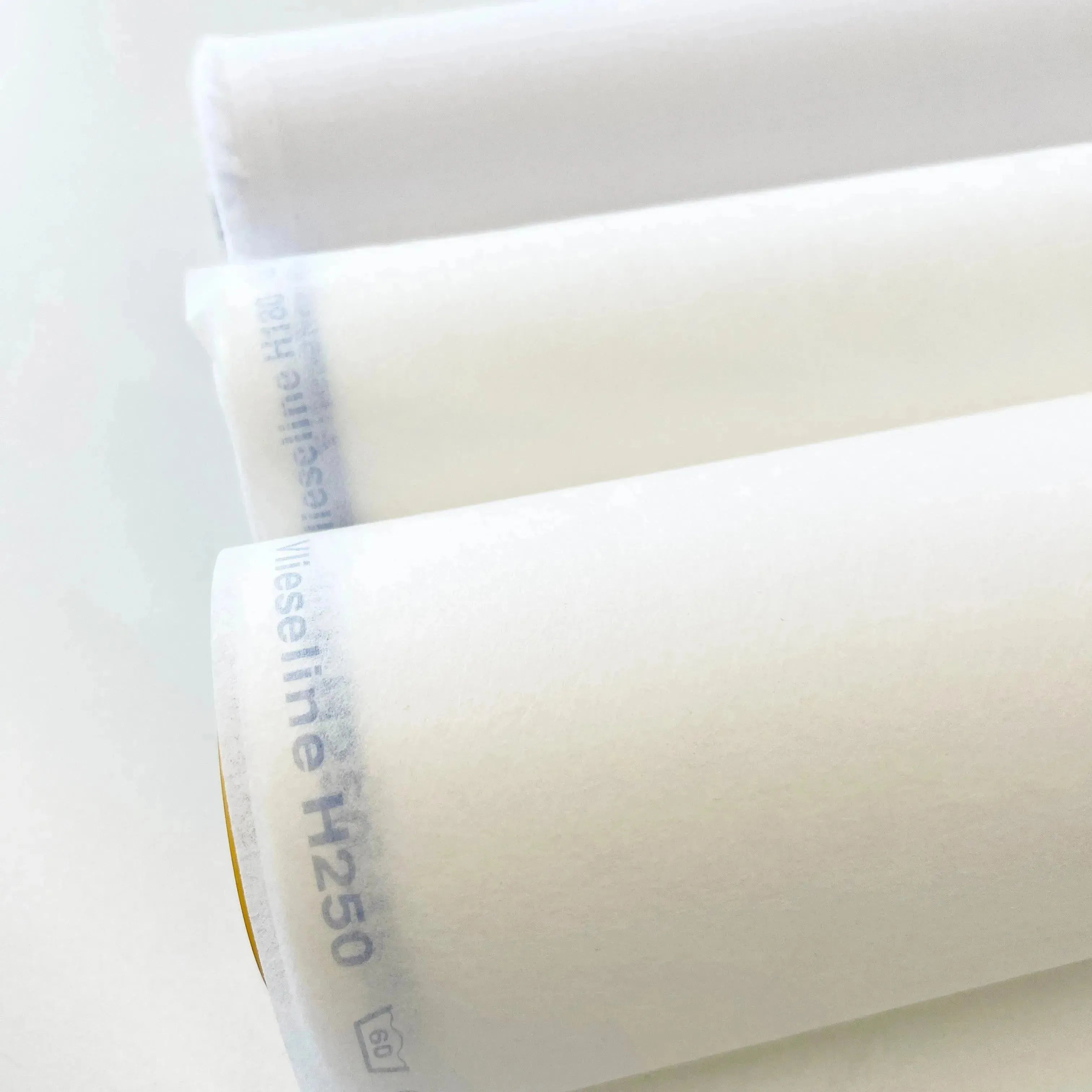
Leave a comment
All comments are moderated before being published.
This site is protected by hCaptcha and the hCaptcha Privacy Policy and Terms of Service apply.